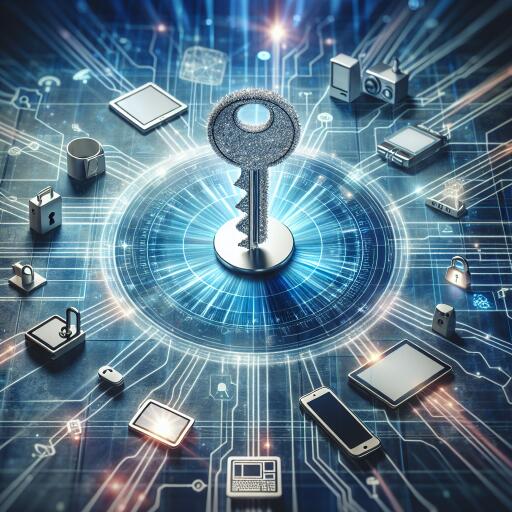The Key to Universal Access: The Role of ‘Access’ in Shaping the Internet of Things
In an era where the Internet of Things (IoT) emerges as a dominant force in technology, the concept of ‘access’ takes center stage, promising to redefine our interaction with the digital world. The IoT, a network of interconnected devices and objects, holds the potential to revolutionize daily life by making our environments smarter and more responsive. However, the success of this technological revolution hinges on overcoming a crucial challenge: ensuring open and interoperable access among devices across different platforms.
The Struggle with Interoperability
Imagine a scenario where devices and applications are confined within the walls of proprietary ecosystems, hindering communication and functionality between different brands or platforms. This barrier, known as ‘vendor lock-in,’ is more than a minor inconvenience; it symbolizes a fundamental threat to the innovation and freedom that the IoT promises. A future where access to digital services and devices is fragmented and restricted contradicts the very essence of the IoT.
Championing Open Access
The necessity for an open, free ecosystem within the IoT cannot be overstated. Imagine if certain websites were exclusive to users of specific brands of computers, or if only particular gaming consoles could connect to the internet based on their manufacturer. Such a reality would be deemed unacceptable, a sentiment echoed by efforts to prevent this fragmentation. The objective is clear: to ensure that the expansion of the Internet of Things remains inclusive, democratizing access to technology rather than compartmentalizing it.
Historically, the World Wide Web Consortium has played a pivotal role in maintaining web development standards, ensuring that the internet remains a universal platform available to all. In the context of the IoT, similar initiatives have emerged. The Industrial Internet Consortium (IIC) and the AllSeen Alliance represent collaborative efforts among businesses, government entities, and academic institutions, all working towards the goal of fostering interoperability and open standards within the IoT landscape.
Bridging the Digital Divide
While developed regions may effortlessly embrace the advancements offered by the IoT, remote and less developed communities face a starkly different reality. The question arises: How can the Internet of Things flourish in areas devoid of internet access? Recognizing this challenge, innovative solutions have been proposed and implemented to extend connectivity to the most remote corners of the globe. From ambitious projects aiming to deliver internet access via aerial technologies to practical, ground-based solutions like the durable connectivity device, BRCK, designed by the Kenyan non-profit Ushahidi, the race is on to eliminate the digital divide.
The vision of universal access to information and knowledge, as articulated by experts, underscores the transformative potential of widespread connectivity. Enabling the brightest minds, irrespective of their geographic or socioeconomic status, to contribute to the global pool of knowledge can catapult humanity towards unparalleled progress. Affordable mobile technologies and accessible educational resources stand as testament to this potential, promising a future where every individual can partake in the digital revolution.
Conclusion
The Internet of Things is poised to redefine our world, embedding intelligence into the fabric of daily life. However, the realization of this vision is contingent upon our ability to ensure open access and interoperability among the myriad devices that comprise the IoT. By championing initiatives that promote inclusivity and by bridging the connectivity gap in underserved areas, we lay the groundwork for a future that is not only smarter but also more equitable. Access, therefore, is not merely a technical requirement for the IoT; it is the cornerstone upon which the promise of this technological revolution rests.










